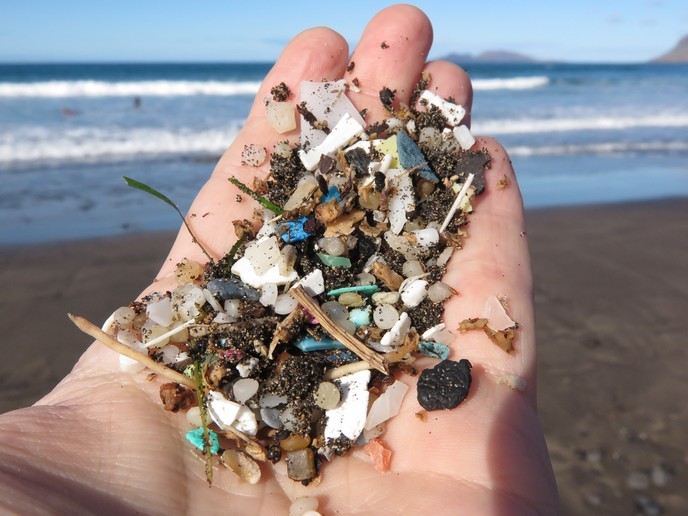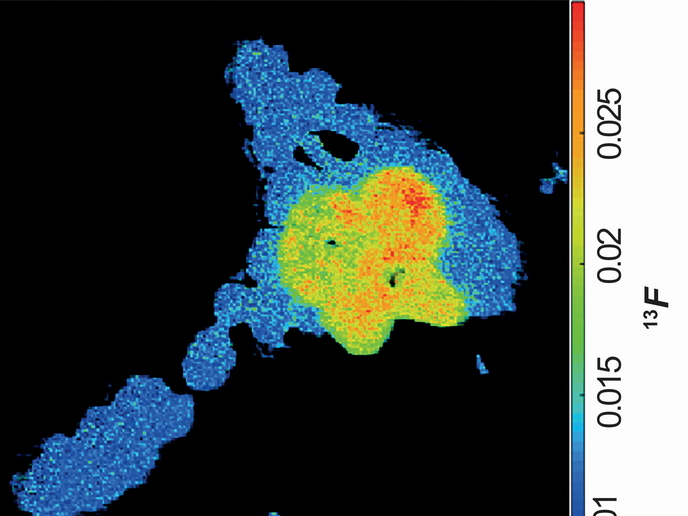Tracing the paths of microplastics in European freshwater
Around 145 000 tonnes of microplastics are used in Europe each year, according to the European Chemicals Agency(opens in new window). Preventing them from entering and polluting waters remains a challenge, where they are a threat to aquatic ecosystems. To better understand the sources, pathways, and impacts of microplastics and to develop potential solutions for preventing pollution in Europe’s freshwater ecosystems, the LimnoPlast(opens in new window) project was established. Undertaken with the support of the Marie Skłodowska-Curie Actions programme(opens in new window), the research applied a transdisciplinary approach across the life cycle of plastics, combining environmental, technical, and societal sciences to track the pathways of microplastic pollution in freshwater environments, analysing its impacts and innovating solutions. “Freshwater ecosystems are not mere transport pathways that bring microplastics to the oceans – they also act as a sink,” asserts Christian Laforsch, LimnoPlast project coordinator.
Sources, pathways and effects of microplastics
LimnoPlast traced the sources of microplastics in urban freshwater systems in the regions of Aarhus in Denmark, Amsterdam in the Netherlands and in the Greater Paris area in France. “We were able to prove that the general wear and tear of cities, such as from textiles, tyres and litter, is the major source of microplastic pollution in freshwaters,” claims Laforsch. “Microplastics enter the aquatic environment via multiple diffuse pathways, such as runoff, atmospheric deposition and sewer systems especially overflows.” The study confirmed that microplastics adversely affect freshwater organisms. However, this cannot be generalised, since microplastics encompass different contaminants of a variety of polymers, sizes and shapes.
Solutions to microplastic pollution
“When microplastics have already entered the environment, there are no environmentally friendly approaches to remove them. Thus, the best way to tackle this issue is to prevent (micro)plastics from entering the environment,” advises Laforsch. LimnoPlast dug deep into the solutions for addressing microplastic contamination. The research team studied end-of-pipe solutions, which are methods to retain microplastics before they reach water bodies. These include electrostatic electric fields applied in wastewater treatment plants that separate microplastics from wastewater, an approach that was successfully tested in the project and does also enable the separation of even smaller plastic particles, so called nanoplastics. “Although it is important to develop new techniques to reduce the emission of microplastics at point sources, end-of-pipe solutions are not sufficient to reduce microplastic pollution,” he notes. To achieve changes in the long term, the project’s recommendation is that, along with end-of-pipe solutions, top-down processes, such as government measures for extended producer responsibility, should be combined with bottom-up approaches, which can include industry voluntary actions and consumer behaviour changes. LimnoPlast also conducted ecotoxicological tests of biodegradable plastics. The results show that their effects depend on the polymer material, the particle properties and the chemicals present in the polymer. “This means that biodegradable plastics can have no effects, the same effect as conventional plastics or pose even higher ecological impacts,” explains Laforsch. “Biodegradable plastics can be part of the solution but currently do not live up to the expectations for their sustainability and safety.”
Raising awareness on microplastics
During its extent, the project promoted knowledge on microplastic pollution through scientific publications, conferences, social media posts and a webinar series with renowned experts in the theme. In the final LimnoPlast conference(opens in new window) hosted by UNESCO in Paris, specific policy recommendations were given to strengthen evidence-based decision-making.







